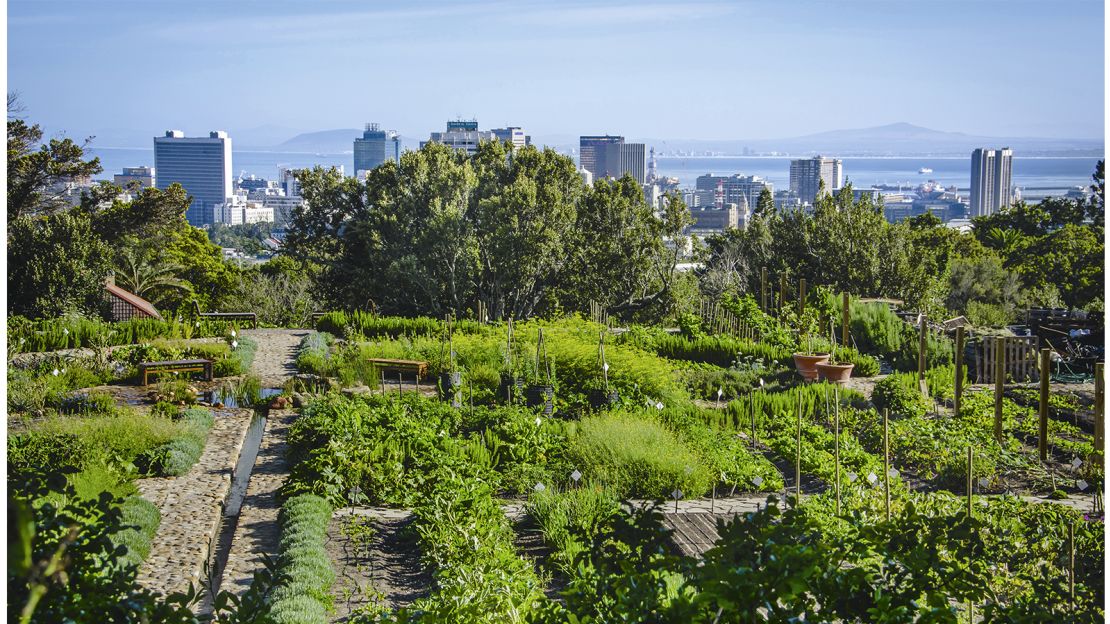The 2-Minute Rule for City Blooming
The 2-Minute Rule for City Blooming
Blog Article
The Buzz on City Blooming
Table of ContentsThe Ultimate Guide To City BloomingAn Unbiased View of City BloomingSee This Report about City BloomingCity Blooming Things To Know Before You Get ThisThe Facts About City Blooming Uncovered
Fascinated in growing food offer for sale in the City of Chicago? Assuming about beginning a neighborhood garden? Adjustments to the Chicago Zoning Statute enable agricultural uses like area yards and urban ranches in several parts of the city. Below is a list of regularly asked questions concerning the regulations and policies that growers should consider when preparing an urban agriculture project.
The zoning change does not change any other codes managing composting, structure authorizations, buying or renting City possessed residential or commercial property, organization licenses or ecological contamination. There are existing codes that regulate these issues and they continue to be in full result and may apply to your project. Area yards are typically possessed or handled by public entities, public companies or community-based companies and kept by volunteers.
Urban farms grow food that is intended to be sold, either on a nonprofit or for-profit basis. As a result of their commercial purpose, city ranches need a business license. Yes. A neighborhood yard is allowed to offer surplus produce that was grown on site if the sales are accessory or secondary to the yard's key purpose described above.
All About City Blooming
The quantity of garden compost product can not exceed 25 cubic lawns at any type of offered time according to the requirements in 7-28-715 of the City's Municipal Code. Because the dirt at a lot of brand-new yard sites needs changing, compost, soil, timber chips, or other products can be acquired to create or enhance the growing room.

If a structure authorization is needed then the hoophouse will certainly be considered an accessory building. You can locate out more about the building permit needs by getting in touch with the Division of Buildings. The 25,000-square-foot dimension limit is planned to avoid a single area garden from controling a provided block or diminishing the block's existing property or industrial personality.
The limit does not use to gardens located in Public Open Area (POS) districts. Can there be even more than one community yard that is 25,000 square feet on a single block? Yes. The size limitation relates to private yards, not to private blocks. No. Fencing is not required, nonetheless, gardens that have big auto parking locations may be called for to install fencing or other landscape design attributes.
The 7-Second Trick For City Blooming
B1 & B2 districts need that all industrial use activities be carried out inside your home. R districts restrict business task. The policies mirror the purpose and intent of the Zoning Code. Is fencing needed for city ranches? Yes. Fences might be called for, along with landscaping and screening, for particular parking locations and exterior work or storage locations relying on place and the certain activity happening.
Urban ranches call for building licenses and zoning authorizations prior to building and construction (garden care). Other kinds of city evaluation might be required depending on particular frameworks, tasks, size, landscape design, licensing, public heath and stormwater monitoring problems.
The Division of Business Matters and Consumer Protection can aid identify the details type of service license that's required. Off road vehicle parking is needed for the majority of commercial jobs in Chicago. The required number of car parking rooms is based on the number of staff members functioning on website and not the square video of the expanding area.
The Best Guide To City Blooming
:max_bytes(150000):strip_icc()/womanonrooftopurbangarden-7fffbb3897ac48f390d94b9545d4d082.jpg)
Yes. An urban ranch can sell compost material created on website, nonetheless, the operation should abide by the laws in 7-28-715 of the Chicago Municipal Code. Yes. Aquaponic systems are enabled inside on metropolitan farms in lots of zoning areas. Nonetheless, a zoning evaluation and structure permit is called for in order to install frameworks or systems and a business license is required as described over.
As much as five hives or nests of honey bees may be maintained as an accessory usage. Beekeepers should register with the Illinois Department of Farming. To learn more regarding the suggested zoning modification you might speak to the Division of Housing and Economic Growth, Bureau of Planning and Zoning at 312.744.8563.
Farming my explanation in cities and city areas An urban ranch in Chicago. Urban agriculture describes different methods of cultivating. https://cityblooming.blog.ss-blog.jp/2024-06-27?1719472203, handling, and distributing food in urban locations. The term likewise uses to the location activities of animal husbandry, aquaculture, beekeeping, and gardening in a metropolitan context. Urban farming is identified from peri-urban agriculture, which happens in backwoods beside residential areas.
The Only Guide to City Blooming
It can include a movement of organic cultivators, "foodies" and "locavores", who look for to create social networks based on a shared values of nature and neighborhood holism. These networks can develop using official institutional assistance, ending up being incorporated right into regional town planning as a "change town" activity for sustainable city development.
In either instance, the much more straight access to fresh vegetable, fruit, and meat products that may be realised via city agriculture can enhance food safety and food security while reducing food miles, bring about reduced greenhouse gas exhausts, therefore adding to climate change reduction. A few of the initial proof of urban farming comes from Mesopotamia.
Report this page